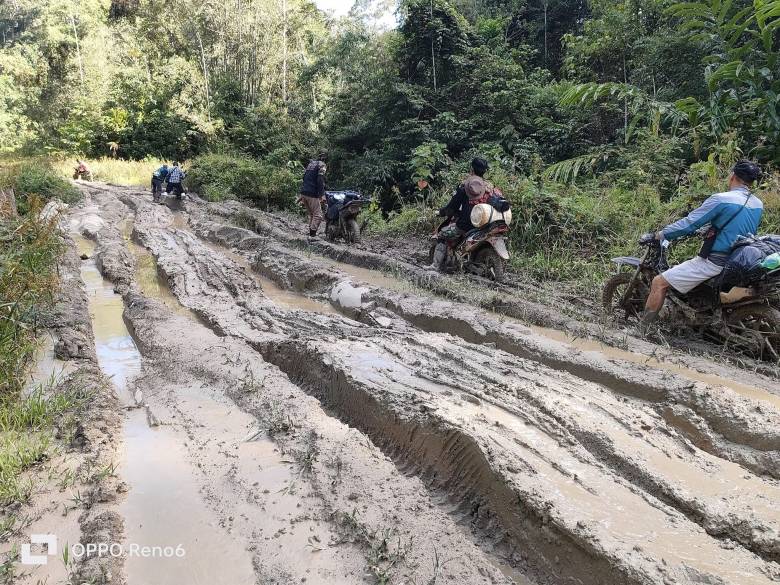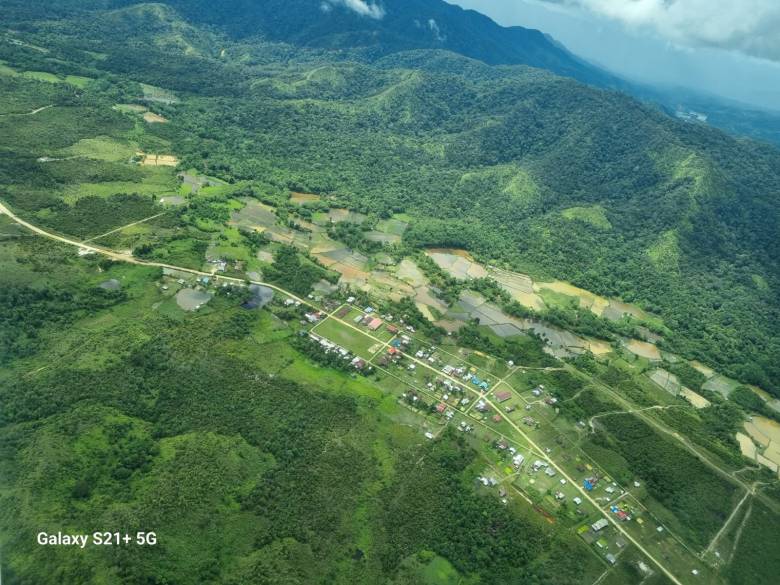The Application of Data Science in Predicting Floods and Droughts of Bengkayang and Sekadau, The Vital Role Accumulated.
.png)
Bengkayang and Sekadau are two districts generally hit by natural disasters, either flood or drought, in the regency of West Kalimantan. Geographical and climatic conditions mean that these regions are prone to these events. In such a scenario, data science takes a front seat in prediction and anticipation through analysis of big datasets with advanced modeling techniques that help in reducing risks and increasing preparedness at a local level.
The undulating nature of the landscape and high intensity of rainfall often result in flash floods in Bengkayang. Large rivers, like the Kapuas River and its tributaries, normally overflow during rainy seasons. In this regard, data science can be used in analyzing historical data for rainfall and river flow for the prediction of flood risk. These techniques can be used to develop simulations, which would predict rainfall and river flow patterns, thus allowing for early warning and preparedness against any potential floods by using machine learning and neural networks like ANN, CNN, LSTM.
In the case of Sekadau, which experiences frequent flooding, data science can be applied by looking into weather and river flow data. Weather stations and real-time sensors on rivers can feed data into predictive models that allow for early warnings. For example, if data indicates a significant rise in rainfall and river discharge, early warning systems can alert evacuation or other preventive measures.
Another challenge affecting both areas is drought, one of the principal determinant factors in agriculture. In Sekadau, where there is ample agricultural land, the droughts may be devastating to the crops and welfare of farmers. Data science will help determine dry periods by analyzing soil moisture, rainfall, and weather patterns. Such information can be used to inform mitigation recommendations to farmers, be it irrigation management or crop selection of more drought-resistant varieties.
Moreover, data science facilitates the realization of sudden changes in weather patterns that one may otherwise miss through the conventional approach. For example, abrupt shifts in rainfall patterns that predict potential floods or droughts can be detected well in advance to allow adequate preparation time.
Importantly, Google Colab is a very vital tool in applying Data Science to predict floods and droughts in these regions. This provides an avenue for researchers and others to run Python code in the cloud without any additional software installations. For example, individuals can utilize it to leverage various libraries and tools on data science in the development and testing of predictive models such as TensorFlow, Keras, and scikit-learn. In addition, Google Colab shares GPU access that may be required in speeding up the training and thus analyzing the data by developing a model.
It also facilitates collaboration among researchers and practitioners. For example, research teams in Bengkayang and Sekadau can collaborate with researchers from different universities or research institutions across the world in an initiative geared towards coming up with better predictive models. Sharing of notebooks and collaborative working in the cloud greatly raises the speed at which data science solutions are developed and implemented.
Essentially, data science brings along very powerful tools and methodologies that can be applied in predicting and managing flood and drought risks at Bengkayang and Sekadau levels. Using historical and real-time data, coupled with advanced modeling techniques, more accurate predictions and mitigation actions may be derived. This would not only reduce losses from disasters, increase resilience, and develop local communities' and economies' preparedness to a changing climate and extreme weather events, but also extrapolate and scale down results at finer resolutions, maximizing global benefits. Data science will help Bengkayang and Sekadau set up improved early warning systems and mitigation strategies, allowing communities to be prepared much better in the face of future natural disasters.
.png)
Some of the variables that were observed in major points from the results for the flood prediction model with temporary data include atmospheric pressure, rainfall, river flow, and flood level. For instance, in some such preliminary observations, atmospheric pressure changed from 1010 to 1028 hPa, with the amount of rainfall varying between 6 and 141 mm and the river flow between 133 and 822 m³/s. Also, high were the variations in the levels of the floods that were recorded: from about 0.74 meters to more than 8 meters, thus showing a great variability in environmental conditions.
Warning upon training the model: Fillna with the 'method' argument is deprecated and will be removed in a future version of Pandas. Use ffill() or bfill() directly.
It was trained for 50 epochs, and the loss dropped from 33.7599 to 7.4467 during the first and last epochs, respectively. The val_loss, or validation loss, also indicated a downward trend but visibly had fluctuations. During the first epoch, the val_loss was 31.1535, which then dropped significantly to 9.4071 by the last epoch. Though the model improves in the prediction of flood levels, the results also indicate remarkable prediction errors reflected by the mean squared error (MSE) 9.407.
Using this new data, the flood level predictions are somewhat promising. For sample data with 1015 hPa of pressure, 150 mm of rainfall, and a river flow of 600 m³/s, the flood level is predicted at about 5.10 meters. These results do have always shown the learning capabilities of the model from this data provided, although they bring out very strongly that more representative and accurate data would be needed for further fine-tuning of this model.
This article was written by Azriel Christian Nurcahyo, a lecturer from Institut Shanti Bhuana in Bengkayang who is currently pursuing further studies as a PhD student in Computing at UTS Sibu Sarawak (University of Technology Sarawak), and by two Computer Engineering lecturers from the Institute of Technology Keling Kumang Sekadau, Heni Ermewangningsih and Fransiska Elly Renni Susanti, as a form of Community Service.


.png)
